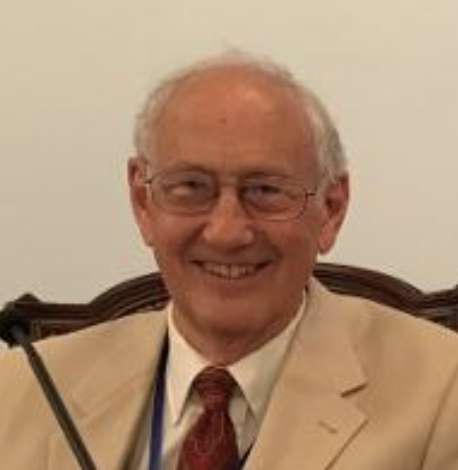In a groundbreaking study published in the World Journal of Social Science, Dr. David W. Orme-Johnson, PhD, sheds light on the profound effects of group meditation on reducing stress indicators across the United States.
This study unveils a powerful correlation between collective meditation and a decrease in various stress-related factors, prompting a call for global action towards achieving world peace.
The research, conducted at Maharishi International University (MIU) in Fairfield, Iowa, delves into the transformative impact of group practice of the Transcendental Meditation (TM) and TM-Sidhi techniques.
For years, participants have gathered daily in the Maharishi Patanjali Golden Dome of Pure Knowledge, aiming to cultivate coherence in the collective consciousness of the nation and the world. Through meticulous analysis, Dr. Orme-Johnson unveils the tangible benefits of this concerted effort.

The study reveals a striking correlation between the size of the meditation group and national stress levels.
As the group size reached the square root of 1% of the U.S. population, marked reductions in stress indicators, including murders, rapes, robberies, and infant mortalities, were observed. Conversely, when the group size dwindled, stress indicators surged, underscoring the profound impact of collective meditation on societal well-being.
Dr. Orme-Johnson’s findings underscore the pivotal role of individual coherence in fostering collective harmony. By enhancing coherence at the individual level through evidence-based educational programs like TM, societies can alleviate stress and enhance quality of life.
This holistic approach, rooted in ancient wisdom and supported by modern science, offers a promising path towards global peace and well-being.
The study’s implications are far-reaching, prompting a call to action for the establishment of permanent meditation groups worldwide. With the potential to save countless lives and avert untold suffering, investing in these transformative technologies represents a monumental step towards a more harmonious and resilient world.
This is an important new development regarding Invincible Defense Technology (IDT). IDT, which is my area of expertise, involves large groups practicing in unison the non-religious Transcendental Meditation (TM) and advanced TM techniques that harness group brain power.

Figure 1 displays the number of people meditating together in the MIU community from 2000 to 2016. The horizontal green line indicates 1725 participants, the square root of 1% (√1%) of the US population, the group size needed to engage the entire US population at a higher level of coherence.
Group Meditation Figures

Figure 1 defines the Baseline, Demonstration period, and Post period for the present study. During the Baseline there were around 600 participants in the group until 2006, when MIU undertook a major project to increase the number of participants in the domes, at which point the group quickly increased to reach the target goal of 1725 participants in 2007, the square root of 1% (√1%) of the US population calculated to create coherence for the U.S. as a whole. This rapid increase in the size of the group was stimulated by a special initiative called the Invincible America Assembly, which provided stipends for the participants and paid for 1000 TM and TM-Sidhi experts to come from India to join the group.
Figure 2 presents a remarkable image of what happened. As in Figure 1, the blue line shows the size of the MIU group. The different colors in the chart represent the eight stress indicators from FBI and CDC statistics for the U.S., as well as the U.S. Stress Index (the red line), the average of all eight variables.

We used regression analysis to estimate how many deaths and events were reduced by the meditator group. Figure 3 shows an example for drug-related deaths. The red dotted line represents the Baseline trend projected into the Demonstration and Post periods. This clearly shows that during the Demonstration period drug-related deaths (the black line) fell to 14% below their Baseline trend and were another 15 % lower during the Post period, for a total of 79, 941 fewer drug deaths than predicted by the increasing trend that was occurring during the baseline. Sadly, during the Post period, when the size of the TM and TM-Sidhi group decreased, drug deaths increased. By the end of the Post period, they had returned to their Baseline level.




